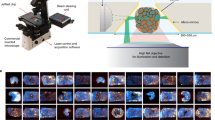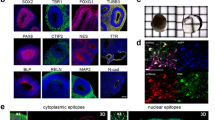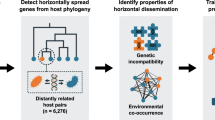Abstract
WITH a certain class of thinkers, when endeavouring to disparage the labours of Charles Darwin, no argument appears absurd. Does the Duke of Argyll, in his letter which appeared in your last issue (p. 341), mean to imply by his “prophetic germs” that such cases as the mammæ in the male indicate a time when he will be able to take part with the female in suckling the young, and that the coccyx is prophetic of a tail to the human family, or that a time is approaching when the rudimentary covering of hair on the human body will develop into a warm coat similar to that of the bear or the beaver? For myself, I fail to see how a “functionless organ” can build itself up. Perhaps the Duke of Argyll will explain.
This is a preview of subscription content, access via your institution
Access options
Subscribe to this journal
Receive 51 print issues and online access
$199.00 per year
only $3.90 per issue
Buy this article
- Purchase on SpringerLink
- Instant access to full article PDF
Prices may be subject to local taxes which are calculated during checkout
Similar content being viewed by others
Author information
Authors and Affiliations
Rights and permissions
About this article
Cite this article
HURST, J. Functionless Organs. Nature 38, 364 (1888). https://doi.org/10.1038/038364b0
Issue date:
DOI: https://doi.org/10.1038/038364b0



